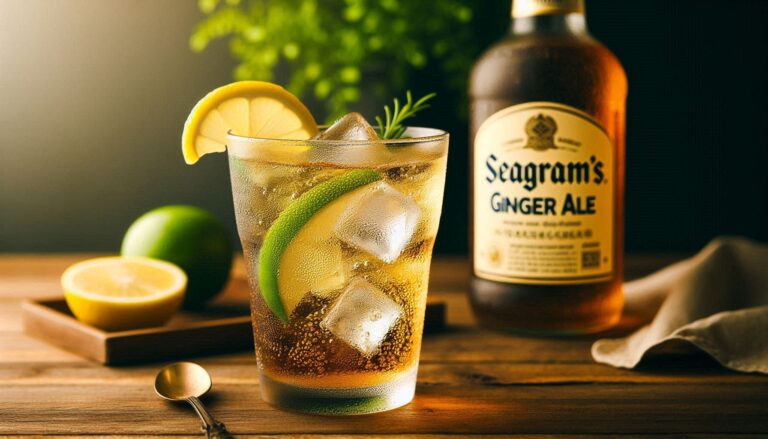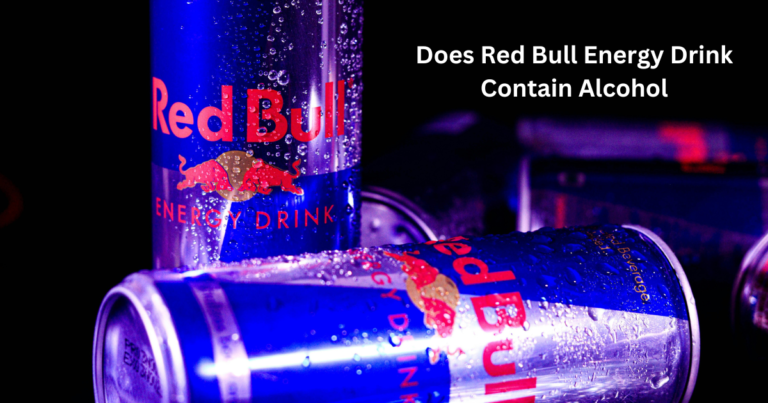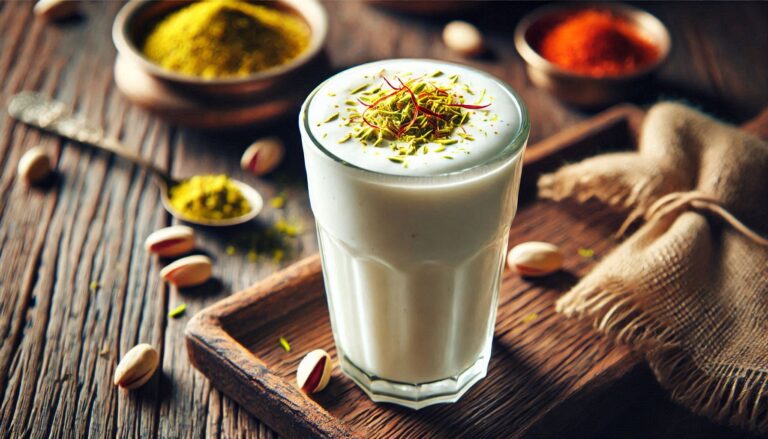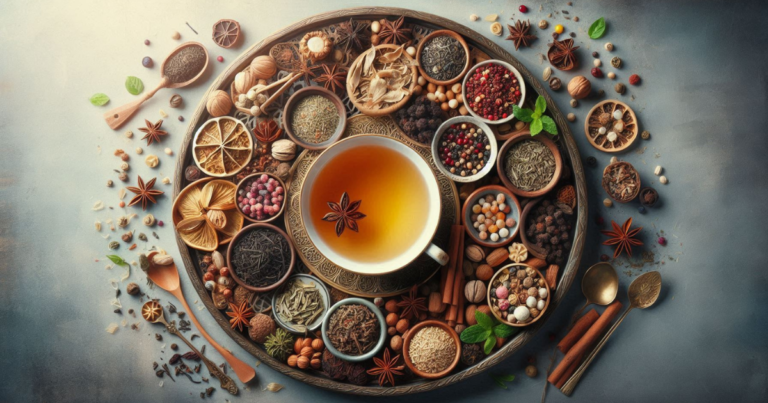Why Vodka is Called Ladies Drink?
Imagine a woman confidently ordering a vodka martini at the bar. Suddenly, someone labels it a “lady’s drink.” Why does vodka, a spirit enjoyed across the world, face this gendered stereotype? The notion of vodka being a “lady’s drink” is pervasive, but its roots are more complex than a simple marketing ploy or cultural norm.
In this article, we will explore the historical, cultural, and marketing influences that created the stereotype of vodka being a “lady’s drink” and debunk the myths that surround it. We’ll also examine how vodka’s true versatility and strength defy gender-based assumptions.
Historical Context of Vodka
Vodka’s origins date back to the 8th-9th century, with both Russia and Poland laying claim to its creation. Originally, it wasn’t considered a drink for socializing; rather, it had medicinal and ceremonial purposes. Crafted from grains, potatoes, or even fruits, vodka was created for consumption in harsh climates and was a symbol of resilience.
Throughout history, vodka has been consumed by both men and women in many cultures, with no strong gender bias attached to it. It was seen as a versatile drink that could be enjoyed by everyone—regardless of gender—on communal occasions or even in solemn rituals.
In countries like Russia and Poland, vodka played a central role in social gatherings. The drink was typically consumed straight, with little to no adornments or mixers. This lack of emphasis on frills or gender-specific drinks means that vodka was seen as a drink for everyone, emphasizing strength, unity, and the ability to withstand cold winters. The very essence of vodka in these cultures revolved around communal drinking, not assigning a gender to the drink itself.
Marketing and Media Influence
Following World War II, vodka found its way into Western markets, particularly in the United States and Western Europe. At this point, vodka was marketed as a light, neutral spirit, offering a smoother alternative to heavier liquors like whiskey and rum. The clean, simple flavor profile of vodka made it an ideal base for mixed drinks, and its accessibility in cocktails soon made it the drink of choice for many.
As the cocktail culture took off in the 1950s and 1960s, vodka’s popularity grew, particularly in women-centric drink recipes. For example, cocktails like the vodka martini and cosmopolitan became staples in upscale bars, further cementing vodka’s association with women in the Western world.
Marketing efforts played a crucial role in shaping the image of vodka as a “lady’s drink.” Brands emphasized vodka’s low-calorie, neutral profile, which they marketed as “chic” and “feminine.” The image of elegant women sipping vodka martinis in advertisements became pervasive, painting the drink as sophisticated and suitable for women who preferred a lighter, smoother alcoholic option.
Pop culture played an essential role in reinforcing vodka’s gendered association. Television shows like Sex and the City showcased characters drinking Cosmopolitans, with vodka at their base, making it synonymous with femininity and glamor. These portrayals, reinforced by media personalities and movies, created a narrative where vodka-based drinks, particularly sweet, fruity ones, became symbols of a luxurious lifestyle often associated with women.
Perceptions of Strength and Smoothness
One of the key reasons vodka is considered a “lady’s drink” lies in its perception of smoothness. Vodka’s clean, neutral flavor is often seen as less harsh or strong compared to other spirits, such as whiskey or scotch. This misconception leads many to believe vodka is a weaker option, though it typically has a 40% alcohol by volume (ABV)—equal to or stronger than many other liquors.
Despite its strong alcohol content, the smoothness and lack of strong flavor make it easy to drink, leading to the misinterpretation that vodka is less potent, and therefore more suited for women, who are often stereotyped as preferring lighter drinks.
The association of darker liquors like bourbon and rum with masculinity is another contributing factor. In contrast, bright, colorful vodka cocktails are often labeled as “feminine.” Glassware also plays a role—vodka martinis are typically served in elegant stemmed glasses, while whiskey is often poured into robust, no-nonsense tumblers. These subtle cues contribute to the overall perception that vodka is a gentler, more feminine option.
Cocktail Culture and Gender Roles
Vodka-based cocktails often come in bright, fruity colors and are adorned with garnishes like fruit slices or umbrellas, reinforcing the “girly” stereotypes. This is in stark contrast to the straightforward presentation of whiskey or beer, which are often served without much embellishment. The presentation of a drink plays a significant role in how it’s perceived socially, and this has contributed to vodka being categorized as a “lady’s drink.”
In many nightlife settings, women are often directed towards cocktail menus, while men typically opt for straight spirits or beers. Vodka-based drinks, like martinis or vodka sodas, are staples of cocktail menus, further reinforcing the association of vodka with women and cocktails with femininity. These social norms continue to influence how people perceive vodka and its place in drinking culture.
Modern Trends and Gender Neutrality
In recent years, the popularity of vodka has expanded beyond traditional gendered norms. The rise of vodka-based seltzers and ready-to-drink (RTD) beverages appeals to a wide audience, regardless of gender. Today’s vodka marketing is increasingly gender-neutral, with luxury vodka brands like Grey Goose and Belvedere focusing on quality, craftsmanship, and lifestyle rather than catering to a specific gender.
Celebrity endorsements have further broken down the gendered barriers associated with vodka. By aligning with high-profile, diverse figures, vodka brands are emphasizing inclusivity, focusing less on gender and more on the values of luxury, craftsmanship, and the premium experience.
Scientific and Health Angles
Vodka’s popularity among health-conscious individuals is partly due to its low-calorie reputation. It is often marketed as a lighter option for those who wish to enjoy alcohol without the added calories of sugary mixers. This health-conscious appeal further solidifies vodka’s place in contemporary drinking culture, though it is not confined to any one gender.
Another reason for vodka’s enduring popularity is its versatility in mixing. Whether in cocktails or simple mixers like soda or juice, vodka’s neutral taste allows it to blend seamlessly with nearly anything, making it a favorite choice for bartenders and home drinkers alike.
Breaking the Stereotype – Counterarguments
In countries like Russia and Poland, vodka remains a symbol of strength, unity, and resilience. There, the drink is enjoyed equally by both men and women, with no gender-based associations. In fact, traditional vodka drinking rituals often emphasize straight consumption, highlighting its robust nature.
Vodka-based cocktails like the Bloody Mary, Moscow Mule, and the classic Vodka Martini are far from “weak” or “feminine.” These drinks are bold, flavorful, and can pack quite a punch. The idea that vodka is soft or “lady-like” is challenged by these strong and spicy cocktails.
Rather than viewing vodka’s smoothness as a weakness, it should be seen as a sign of refinement. The fact that vodka is subtle yet strong—its flavor neutral, yet capable of standing out—reframes the narrative of vodka as a “lady’s drink” into one of versatility and elegance.
Psychological and Social Factors
People’s drink choices are often tied to their social image and identity. The stereotype that women prefer vodka may stem from societal expectations of femininity. By breaking these norms and embracing a wider variety of drinks, individuals can move beyond restrictive labels and enjoy their drinks based on personal preference rather than societal pressure.
As more individuals challenge traditional drinking norms, the boundaries between “gendered” drinks are beginning to fade. Encouraging an open-minded approach to beverage choices can lead to a more inclusive and diverse drinking culture, where people are free to enjoy vodka, whiskey, or any other drink without judgment.
Conclusion
Vodka’s origins, far from being rooted in femininity, are steeped in resilience and communal unity. While marketing and pop culture have contributed to the “lady’s drink” stereotype, vodka is a drink for everyone, regardless of gender. Its strength, versatility, and rich history are testaments to its timeless appeal.
Next time someone calls vodka a “lady’s drink,” challenge the stereotype and raise a glass to vodka’s true nature—bold, versatile, and enjoyed by all.






